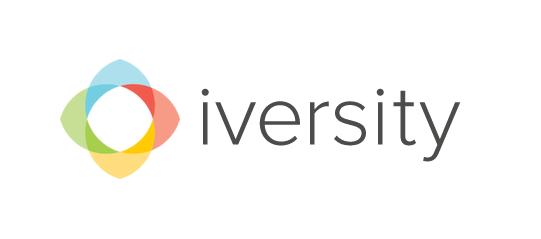

Final Assessment- Reaction Paper
The final assessment for this course is a reaction paper – a summative exercise that encourages you to reflect on what you have learned. Education research shows that this activity will help you to synthesize and retain what you learned.
You will use the Kirkpatrick Model of Learning Evaluation to document your learning. Details of this model can be found at the following site.
The model assesses learning at four levels: Reaction, Learning, Behavior and Results. We would like you to draft your reaction to this course on each level of the Kirkpatrick Model. Specifically, we would like you to answer the following questions:
a) Please indicate your reaction to the content and delivery of this course. Was it an interesting and useful learning experience ? What did you like and not like ?
b) Please indicate the three most important ideas or concepts you learned from this course, and describe why you found them important.
c) Please indicate the idea or concept that you found most useful for immediate application (in the the next 3 months), and describe how you will use it.
d) Please indicate the results you expect to achieve from the application of this idea or concept, and how you will measure these results.
Each of these questions should be answered in 150 words or less. Your total assignment should be no more than two single-spaced pages.
Write down your answer directly in the journal (click on "start in" journal on the right of the page) and publish it to get feedback from the professors.
Reaction Paper
A. This course is interesting to me because it has given me an insight into why good policies, good training and good evidence do not translate or produce the expected outcome. Implementing a good policy is a science, it is systematic and it is deliberate not a random exercise.
I like it's conciseness and simple explanations of concepts.
The interviews were practical and relevant
I don't like the limited avenue for interaction amongst the course participants
B.1. Design thinking 2.Organizational readiness 3. Implementation drivers.
Design thinking implies that to change the status quo, one has to understand the problems in the context of the end user. In other words it is not abstract thinking.
Organizational readiness is important because good change is not a passive process but an active one. This means there are barriers to change. That's why unfreezing, molding and refreezing the organization is necessary.
Implementation drivers are important because training and good policies are not sufficient. Organizational structures, leadership and coaching are essential
C. In the Design thinking approach. I find the empathy tool,and brainswarming very useful. It will help me define problems in context and create solutions in context. I will use the empathy map to document why multidisciplinary team management of cancers is not done in my hospital
D. I expect to identify two or three problems and design solutions to the problems.
I will measure my results by presenting my solutions to my colleagues to see if it will solve there problems as end users.

Thank you professor Rohit and professor Suzanne for this amazing course